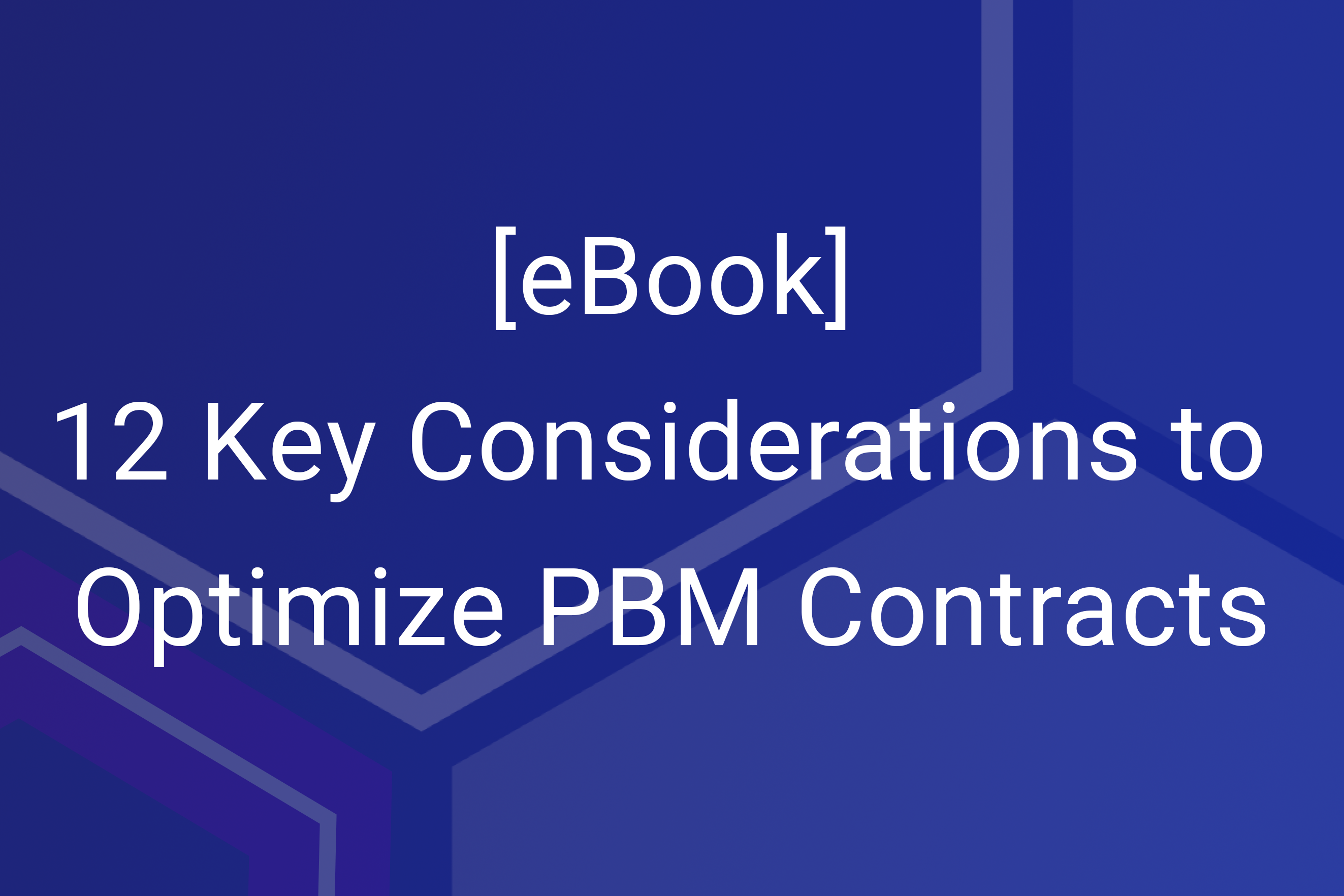GLP-1s have been making headlines recently, which should not be surprising as the GLP-1 market size is predicted to grow to 72 billion dollars in less than 10 years. While these medications were initially developed to treat diabetes, utilization of GLP-1s has skyrocketed due to the demand for effective weight-loss drugs. Patients starting GLP-1s have more than doubled since the beginning of 2022, and plan sponsors’ are feeling that impact on their pharmacy budgets and overall medication coverage.
A recent Truveris webinar reviewed GLP-1 utilization trends and cost-containment strategies for plan sponsors concerned about GLP-1 spend. As demand for this drug class continues to grow for the foreseeable future, Truveris pharmacy experts discussed what is within employers’ control when covering GLP-1s and the metrics to track after making coverage decisions.
GLP-1 issues facing plan sponsors
GLP-1s were developed for diabetes management- they stimulate the body to produce more insulin. In 2021, an accumulation of real-world evidence about the A1c-lowering and cardiovascular benefits of GLP-1s prompted the American Diabetes Association to revise its treatment guidelines, elevating GLP-1s to second-line treatment status for diabetes patients after metformin.
During this time, patients and clinicians began to notice an additional unanticipated benefit from taking GLP-1s: weight loss. GLP-1s activate the brain’s glucagon-like peptide 1 receptor (hence, the name GLP-1), reducing feelings of hunger. For patients taking Ozempic, a popular GLP-1 drug, the degree of weight loss seen in patients is dramatic. Given this efficacy in rapid weight loss, GLP-1s quickly gained buzz in the media and were sought out by many patients.
With prescribers, the ADA, and the public on board, demand for Ozempic and some other GLP-1s took off. The sharp rise in utilization creates several considerations for plan sponsors:
- Who should receive GLP-1s? Should they be reserved for people with diabetes or also prescribed — mostly off-label — for weight loss? Other than Wegovy (a newer formulation of Ozempic specifically indicated for weight loss) and Saxenda, GLP-1s are indicated only for people with diabetes. This has caused demand-driven shortages of GLP-1s, making it difficult for diabetes patients to get the medication they need.
- Impact on pharmacy budgets. GLP-1s are costly, and there are no generics in this class. Shifting patients to GLP-1s indicated only for weight loss may result in even higher costs; the list price of Wegovy, for instance, is about 50% higher than that of Ozempic. Spending and utilization trends are exacerbated by the prevalence of diabetes (37 million adults) and obesity (42% of adults) in the US. And as patients are predicted to stay on this class of medications long-term (possibly throughout their entire life), costs continue to be a concern for payers.
- The GLP-1 pipeline continues to grow. There are currently nine GLP-1s on the market. The pipeline includes new formulations and more than 10 new molecules — some of which target multiple receptors and indications. Between 2022 and 2032, the size of the GLP-1 market is expected to balloon from $22 billion to $72 billion. “We keep getting the question, ‘Is this going to simmer down, or are we at the end of it?’” says Gabrielle Gekhtin, PharmD, a clinical advisor at Truveris. “Statistically speaking, we aren’t near the end. It’s crucial to acknowledge this reality to plan effectively for the future.”
How plan sponsors are reacting
Given the high cost of GLP-1s, payers are grappling with how to cover these medications. And some plan sponsors are choosing not to cover weight-loss drugs at all. Roughly only 22% of large and small employers are actively choosing to cover weight-loss drugs, according to an International Foundation of Employee Benefits survey.
As payers choose to cover this class of drugs, there are a variety of utilization management tools within the pharmacy benefit that can help contain spend, such as:
- Quantity limits– ensures that members aren’t using a drug above its indicated dosage
- Step therapy – GLP-1s are now often listed as a next step after metformin for diabetes patients. Payers are considering changing that formulary tier of GLP-1 medications to control costs further.
- Prior authorization —a requirement that patients meet a drug’s indication before it is covered, is perhaps the most effective lever a plan sponsor can pull. When it comes to prior authorization, payers have focused on the off-label use of Ozempic for weight loss, and on the approved indications Wegovy and Saxenda, which are specific to body mass index.
Utilization metrics to monitor GLP-1 usage
Once a decision to cover GLP-1s has been made and PBM restrictions have been determined, it becomes important to track patient utilization. “Plan sponsors need to keep their ear to the ground regarding specific drug utilization so they have a better idea of where they are and where they’re headed,” says Blake Shrout, PharmD, clinical advisor at Truveris.
Utilization metrics that employers should monitor :
- Gross/Net cost to the plan: gross cost refers to the total discounted cost of a drug claim plus any applicable dispensing fee and net cost is the total cost incurred by the employer or plan sponsor after accounting for rebates. They both help employers understand the financial impact of including GLP-1s in their pharmacy benefits plan. It allows them to gauge the budgetary implications and assess whether the plan is cost-effective. Within both of these cost metrics, it is key to monitor total drug spend (total spent on GLP-1s), unit cost, and cost trends.
- Number of utilizers: the count of individual members who are actively using GLP-1 medications within the plan, helps employers assess the adoption and popularity of GLP-1s among plan members. This metric provides insights into the drug’s acceptance and the potential health benefits it offers to a portion of the covered population. Here, it is critical to monitor new vs. ongoing utilizers and utilization patterns over time.
- Number of claims: the count of prescription claims made by plan members for GLP-1 medications provides a more granular perspective on GLP-1 usage. It helps employers understand how frequently plan members are accessing these medications, which can be valuable for forecasting and managing pharmacy benefit costs. When monitoring claims, plans should also look at claims by drug type and refill rate.
Given their growth in the market, it is vital for plans to understand the impact of GLP-1 coverage and spend on pharmacy benefit programs. In-depth reporting on GLP-1 utilization can provide self-funded plans with the data they need to make decisions on future coverage. There are various nuances when it comes to the impact of GLP-1s on pharmacy programs, and it can feel complex for plans. Partnering with vendors that analyze 100% of pharmacy claims is critical for employers, as it allows for in-depth reporting of GLP-1 utilization.







